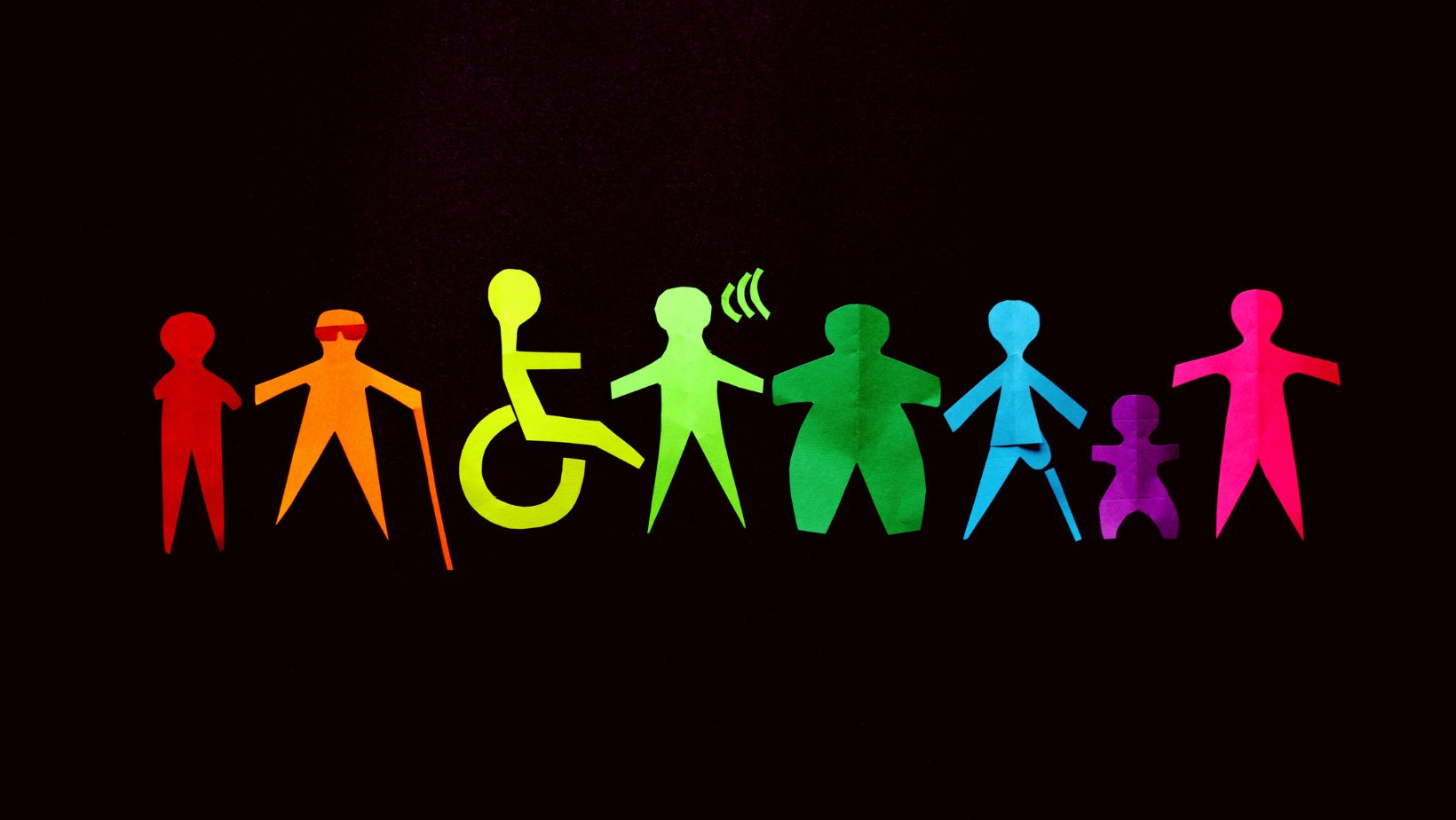Table of Contents
ToggleHow to Resize an Image in Illustrator Without Losing Quality
If you’re like me, you’ve probably found yourself in a situation where you need to resize an image in Illustrator but worry about losing the quality. It’s a common concern, especially when dealing with detailed graphics or intricate designs. However, I’m here to tell you that maintaining quality when resizing is more than possible—it’s actually quite simple.
Before we dive into the how-to’s of resizing an image in Illustrator without losing quality, it’s important to understand why this issue arises in the first place. The main culprit behind loss of quality during resizing is rasterization—when vector images are converted into pixel-based images (rasters). This process can lead to blurred edges and lackluster details if not managed properly.
So how do we get around this? The key lies within the powerful tools provided by Adobe Illustrator itself. With some know-how and a little patience, you’ll be able to resize your images without sacrificing any of that precious quality. Let’s explore how.
Understanding the Basics of Illustrator
When it comes to maintaining quality when resizing images, Adobe Illustrator is a tool I frequently turn to. It’s essential, however, to understand the basics before diving into image manipulation with this powerful software. Let’s start by breaking down some key concepts.
Firstly, you’ll need to know about vector graphics – these are what make Illustrator truly stand out from other design tools. Unlike raster images (think JPGs or PNGs), which are made up of pixels and can lose quality when resized, vector graphics use mathematical equations to create your designs. This means they can be resized infinitely without any loss in quality – a huge advantage for designers.
Next on our list is understanding how layers work within Illustrator. Layers allow you to separate different elements of your design so you can alter one component without affecting the rest. Imagine trying to resize an image that’s part of a complex graphic; by isolating it on its own layer, you’re ensuring the rest of your design remains untouched.
But perhaps one of the most critical things about using Illustrator effectively is mastering artboards. Artboards are like individual canvases within your document where you can create distinct pieces of work or variations on a theme.
Lastly but importantly, learning how scaling works in illustrator is crucial for maintaining image quality while resizing. When we talk about ‘scaling’, we’re referring to increasing or decreasing an object’s size proportionately — not just stretching it out or squishing it in!
Here are few tips:
- Always hold down Shift while dragging a corner handle during resizing – whether enlarging or reducing – this will maintain proportions and prevent distortion.
- When resizing text objects in particular, always ensure that ‘Scale Strokes & Effects’ under Preferences > General tab is checked, as this maintains stroke width and effects applied relative to object size.
- Also always remember that resolution matters! While vectors don’t pixelate upon enlargement due their mathematical basis, raster images embedded in your Illustrator document will. So always use high-resolution images where possible.
By understanding these basic principles of Illustrator, you’re well on your way to resizing images without losing quality!

What Does Resizing Mean in Illustrator?
So, let’s get straight to the point. When we talk about resizing in Illustrator, what are we really referring to? Well, it’s a process that involves changing the dimensions of your graphic or image while maintaining its quality. It’s crucial when working on projects where size matters – think large banners, posters or even tiny business cards.
Now, resizing an image in Adobe Illustrator is not as straightforward as it might seem at first glance. Unlike raster graphics edited with Photoshop (where images are made up of pixels), Illustrator uses vectors. These are mathematical equations that form lines and shapes in your design. One key advantage of vector graphics is their scalability – they can be resized without any loss of quality because they’re resolution-independent.
But here’s the catch: if you’ve placed a raster image into your Illustrator project and need to resize it, you’ll have to take some extra steps to ensure no quality is lost during this process.
Why does this happen? It’s down to how raster images work. They consist of individual pixels arranged in a grid-like pattern. If you enlarge these types of images too much, each pixel becomes more visible leading to a blocky effect known as “pixelation”. This can significantly reduce the perceived sharpness and detail within your image – not something you want when aiming for professional results!
However, don’t worry! There are ways around this issue in Illustrator which I’ll discuss throughout this article under “Maintaining Quality When Resizing – How To Resize An Image In Illustrator Without Losing Quality”. So stay tuned for all those juicy details!






